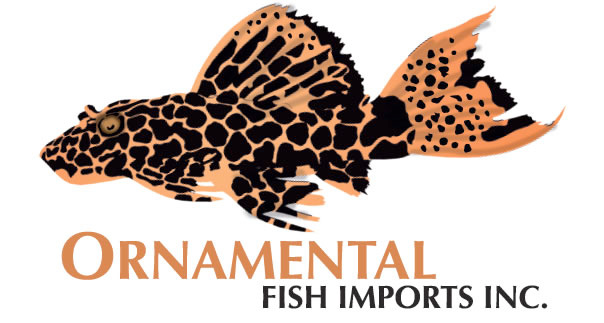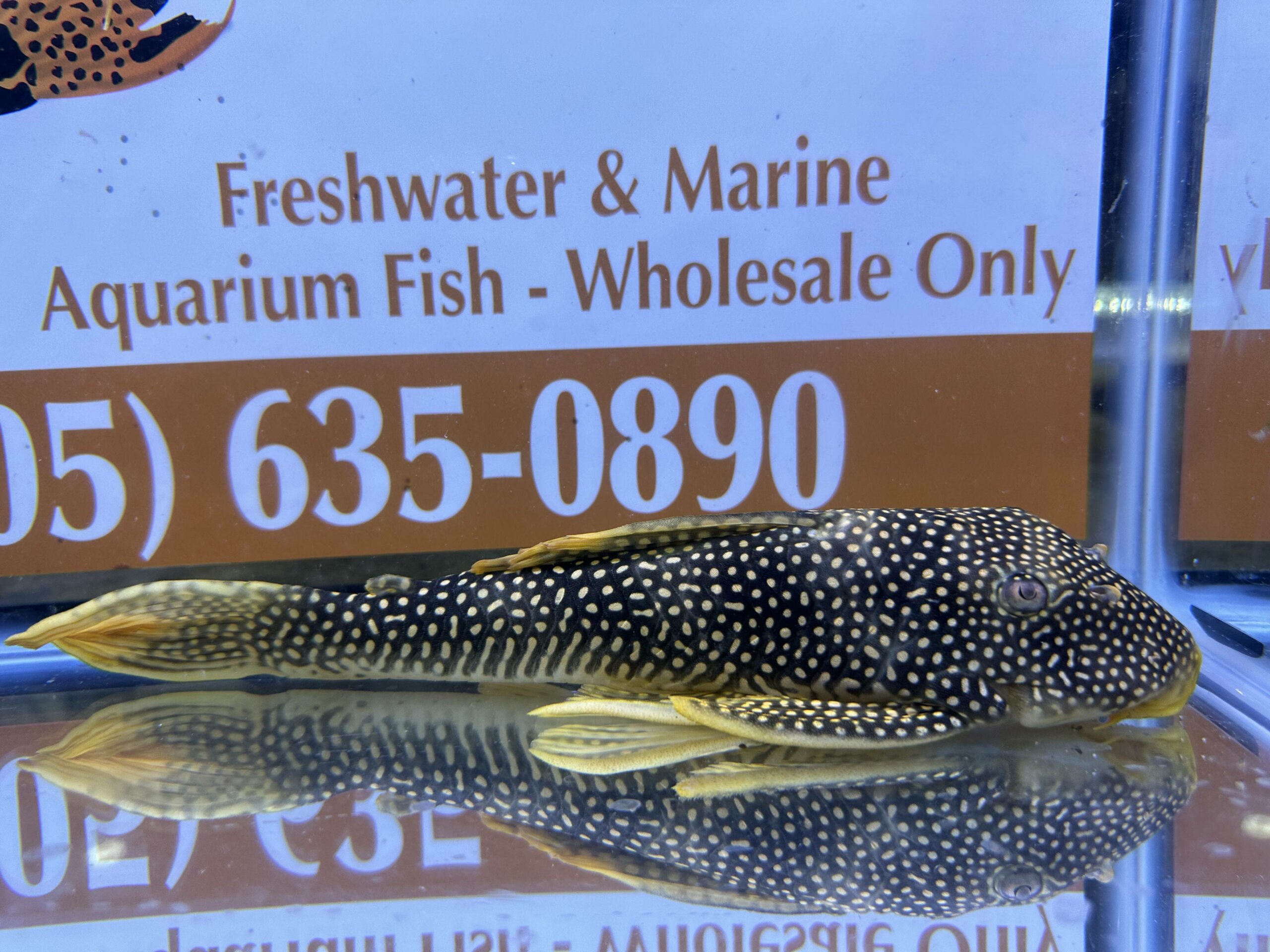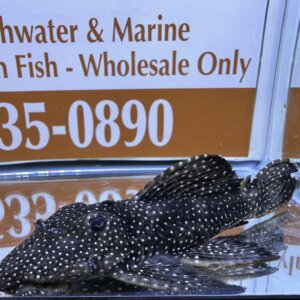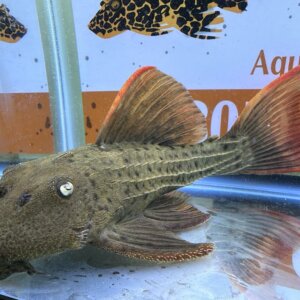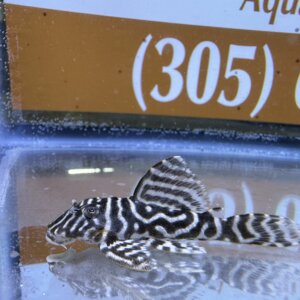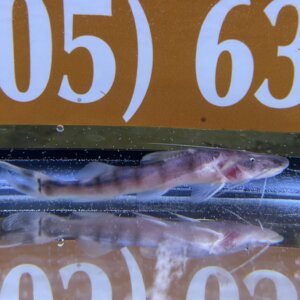Description
The **Sunshine Pleco** (*Scobinancistrus aureatus*), also commonly known as the Goldie Pleco or L014, is a stunning and highly sought-after freshwater fish among aquarists and Pleco enthusiasts. Native to the Rio Xingu in Brazil, its captivating golden-yellow coloration dotted with dark spots is what mainly attracts aquarists. This unique blend of shimmering gold and contrasting spots gives it its moniker, “Sunshine.”
Growing up to 12 inches (30 cm) in length, the Sunshine Pleco is characterized by its large, flattened body, wide mouth, and armored plates. The presence of sharp spines on its dorsal and pectoral fins make it essential for aquarists to handle them with care. These spines, while a natural defense against predators in the wild, can easily get entangled in nets, making transfer and handling a bit challenging.
Being nocturnal by nature, Sunshine Plecos are most active during the nighttime. They are primarily herbivores, with a diet in captivity consisting of algae wafers, spirulina, blanched vegetables, and occasional protein-rich foods. Providing a well-structured aquarium with plenty of hiding spots, driftwood, and rocks will help replicate their natural environment and make them feel more at home.
Though relatively peaceful and suitable for community tanks, due to their size and dietary needs, Sunshine Plecos are better suited for intermediate to advanced hobbyists. Moreover, with the ongoing destruction of their native habitat due to damming projects in Brazil, their wild populations are under threat, making sustainable and responsible fishkeeping practices all the more crucial.
